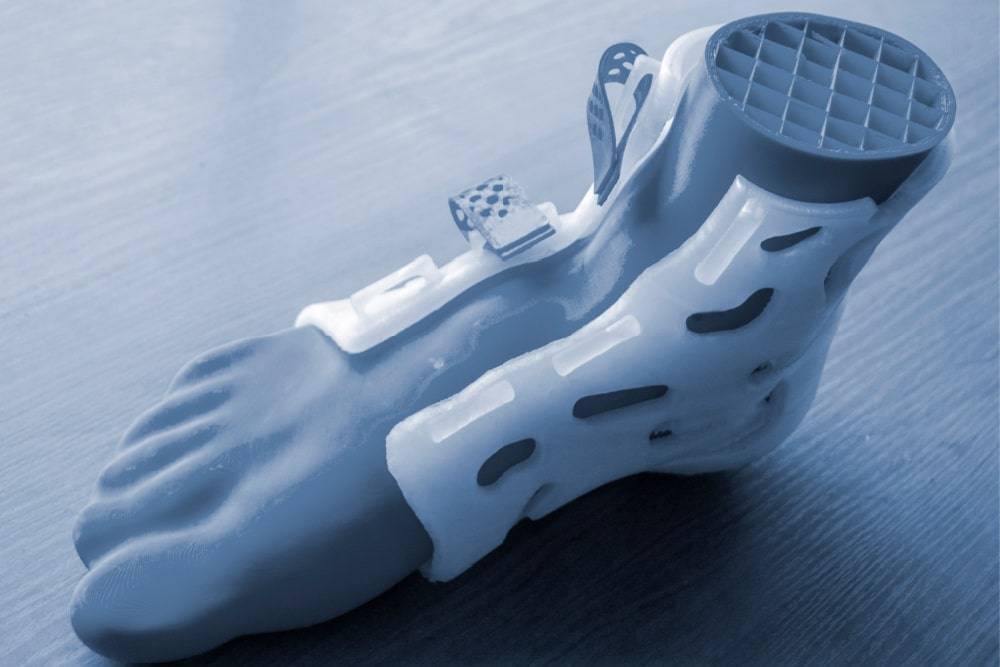Malaysian oncologists have performed the nation’s first heel bone replacement using a 3D-printed mould in Queen Elizabeth Hospital II in Kota Kinabalu.
Doctors produced a mould using 3D printing to treat a young patient afflicted by Giant Cell Tumour, a rare but aggressive form of non-malignant (non-cancerous) tumour of his heel bone.
What Is Giant Cell Tumour?
Giant cell tumours are typically seen among adults between the ages of 20 and 40. It usually develops adjacent to a joint at the end of the affected bone. The tumour usually involves the knees but can also be seen in the bones of the arms and the legs. Flat bones such as the breastbone or pelvis can also be affected.
The tumor is aggressive, capable of rapid growth and damaging the surrounding tissues. The goal of treatment is to remove the tumour and prevent potential damage to nearby structures. Giant cell tumours can recur despite treatment.
The Patient
The young patient who received the 3D-printed heel mould was having an extensive recurrence of his tumour over his heels. He required a complete resection of the tumour, which would lead to a cavity over the heel area. The heel plays a vital role in bearing the weight of an individual’s body, making the cavity an inconvenient complication of tumour removal.
How the 3D-printed Mould Helps
The surgery, led by Dr. Aaron Gerarde Paul, Dr. Eyrique Goh Boay Heong, and Dr. Tee Kok Keat from the Orthopaedic Oncology department, stated that the 3D-printed mould was a very efficient and cost-saving option for patients who required implants but were restricted by financial constraints. The team stated that many patients can benefit from this form of bone replacement/reconstruction method. The patient is currently well and has not reported any complications from his surgery.
What Is The 3D-printed mould?
The Procedure
The team downloaded computerised tomography (CT) images of the heel bone using software that converts them into 3D models. Additionally, they printed the mould according to the exact shape of the heel bone and sterilised it to destroy microorganisms. They then added polymethyl methacrylate to the cavity within the printed mould to facilitate seamless attachment and enable postoperative weight-bearing.
Subsequently, they inserted the new heel bone into the cavity and locked it in position with screws. Finally, they sutured soft tissues such as tendons to the new heel bone using a prolene mesh.
Conclusion
Using 3D-printed mould for bone replacement/reconstruction allows functional recovery without discounting patient comfort via reduced recovery time and improved anatomical fit. This modality offers hope for patients as well as future advancements in orthopaedic oncology.

